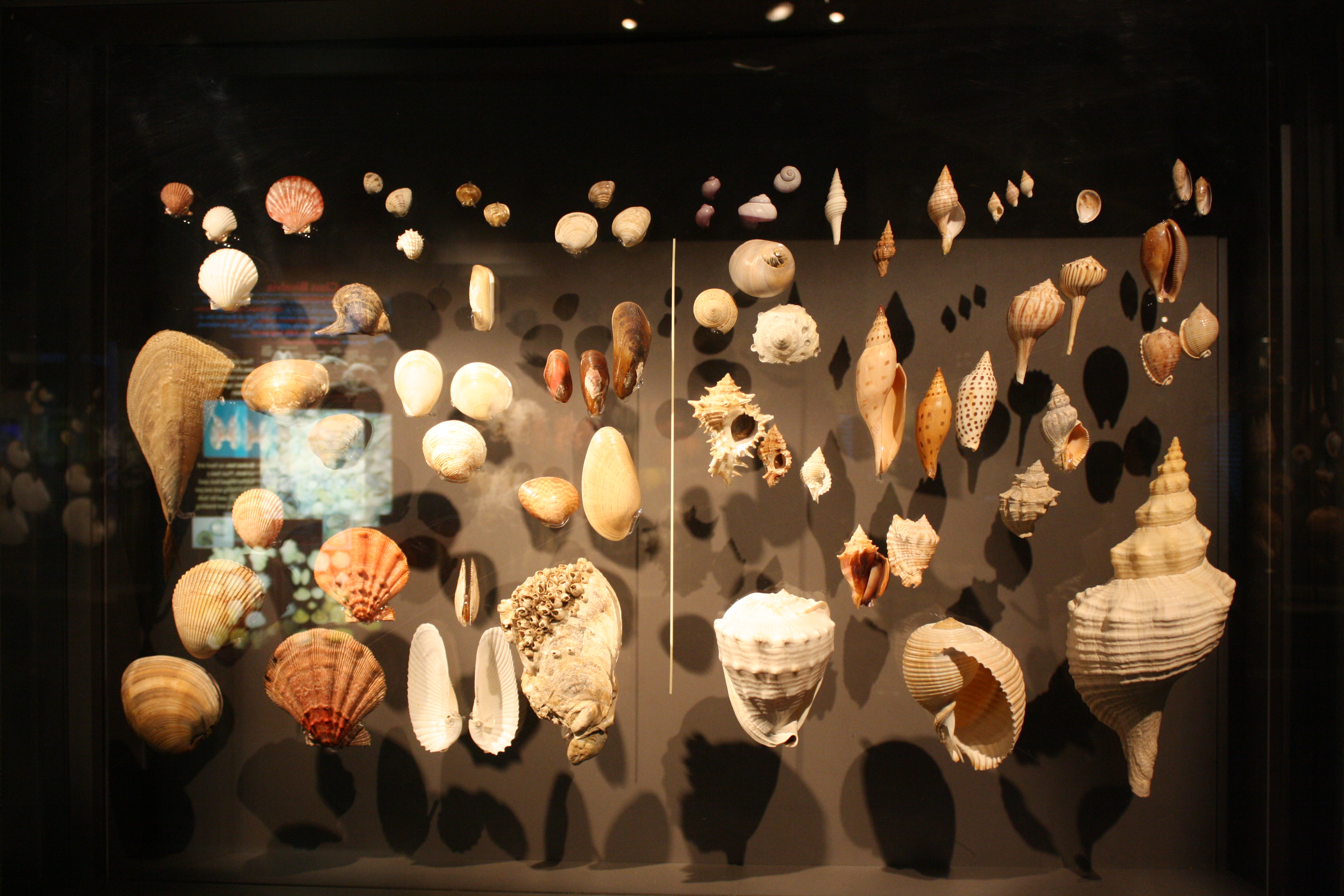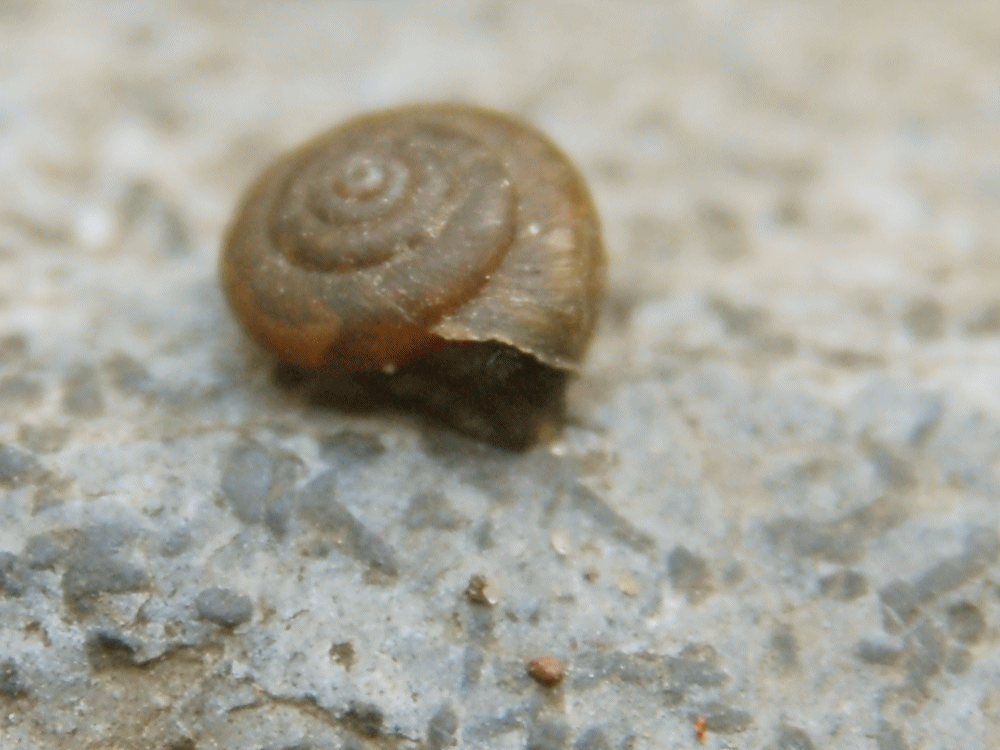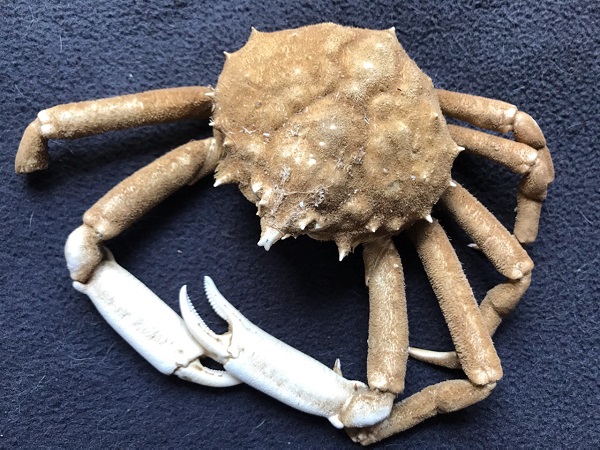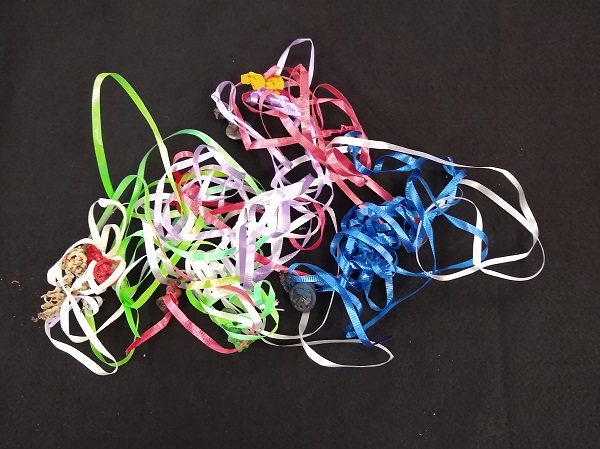One of the most awesome parts of working for a Museum (especially one as large as ours) is how many people you get to meet and work with – all with something different that gets them excited about science! It’s easy to celebrate your inner geek when you can find fellow geeks who you can geek out with in a geeky fashion while geekily reveling in unique parts of the Museum.
You could ask anyone here and they’d be able to tell you which part of the Museum brings this out in me: the Strake Hall of Malacology.

“Mala-whaaaa?” you may ask.
Malacology is the study of mollusks, an incredible group of creatures that includes octopi, scallops, and my favorite, snails (but more on them later). They’re invertebrates belonging to the phylum Mollusca, and there are over 85,000 species of them in the world!
These invertebrates all have three features in common but are otherwise extremely diverse. They have a mantle containing a cavity used for breathing and excretion; a radula, which is used for feeding; and the same structure to their nervous systems, with two pairs of nerve chords: one serving the internal organs and another for locomotion.
Mollusks are also able to use their internal organs for multiple purposes. For example, their heart and kidneys are used in their reproductive, circulatory, and excretion systems.

Mollusks are more varied than any other phylum. Think about it: squids, octopi, cuttlefish, nautili, clams, mussels, oysters, conch, slugs, snails — they all have many diverse species and yet they’re all still mollusks! And this is due, in part at least, to how long they’ve been around. While there’s still significant scientific debate about their precise lineages, we know that they’ve been around since the Cambrian period (541 to 485 million years ago). This has allowed them to diversify to fit in many, many niches all around the world — from the depths of the ocean to mountain tops.

Now for my favorite: SNAILS! Perhaps it’s because of my name (Gary, like Spongebob’s pet snail) but I think snails are really cool. They account for 80% of mollusks, and are perhaps the most diverse of them all. They’re found everywhere, in part because some have evolved to have gills while others have lungs.
But that’s not all! Some species with gills can be found on land, others with lungs are found in freshwater — with a select few even found in marine environments! They’re in ditches, deserts, large bodies of water and everywhere in between. Most are herbivores, but there are also omnivores and predatory snails. They’re also found in many sizes, from giant African land snails 35 cm in length to some just 1.5 mm long.
 So come to HMNS to the Strake Hall of Malacology to learn everything there is about these marvelous mollusks!
So come to HMNS to the Strake Hall of Malacology to learn everything there is about these marvelous mollusks!







